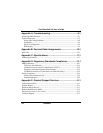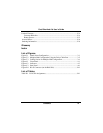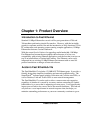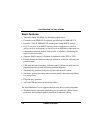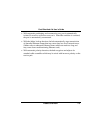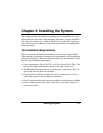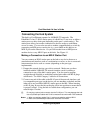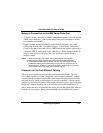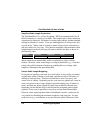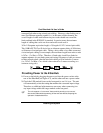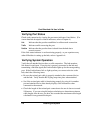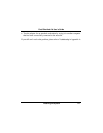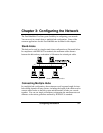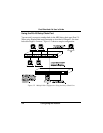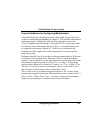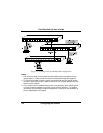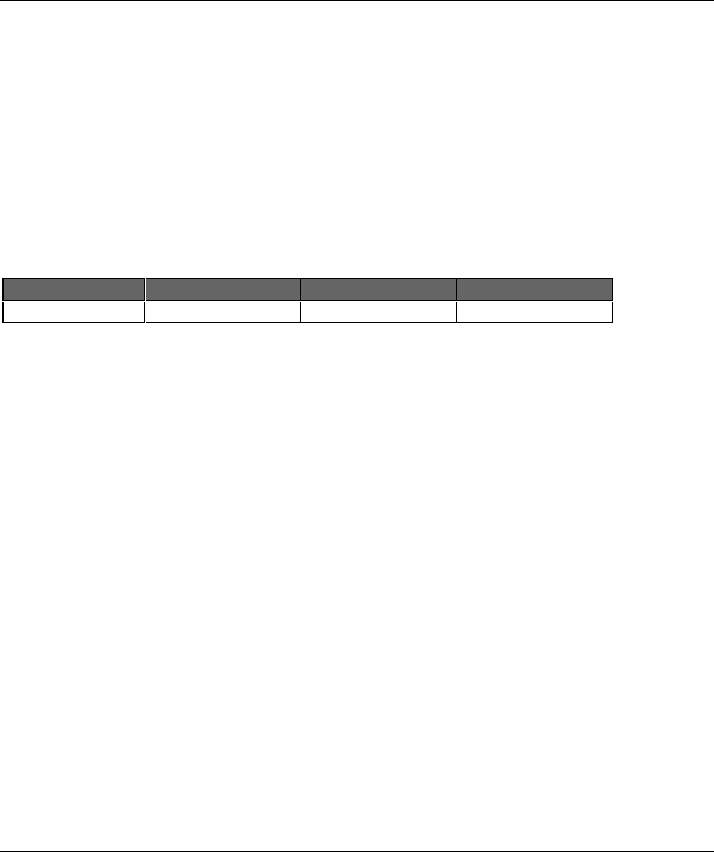
Fast EtherHub-12s User’s Guide
2-4 Installing the System
Simplified Cable Length Constraints
The Fast EtherHub-12s is a Class II repeater. IEEE recommends that Class II
hubs be limited to a cascade of two hubs. The simplest rule is that workstation
connections be limited to 100 meters for twisted-pair cabling, and that interhub
cabling be limited to 5 meters. If you are stacking hubs in a wiring closet, this
is good advise. When a hub is located in central wiring closet, connections to
end users tend to be very long. Using these assumptions, then maximum cable
lengths depend on the device type you want to attach to the hub, as shown in
the following table:
cable type workstation another hub switch
twisted-pair 100 meters 5 meters 100 meters
When connecting to another hub, traffic is confined to a single collision
domain. However, when connecting to a collapsed backbone (e.g., a switch or
router), the collision domain is broken up, enabling the use of longer cable
lengths as illustrated in the preceeding table.
Precise Cable Length Budgeting
If you plan on installing a network for a small office, it may not be convenient
to place hubs within 5 meters of each other, and then run up to 100 meters of
cabling for each end user. This kind of installation can be very messy and
wastes a lot of cabling. Depending on how your users are spread out, it may be
more convenient to run a longer length of inter-hub cabling (say 50 meters or
more), and then run shorter lengths of cable from each hub to the end users.
Depending on the inherent delay in the hub and the maximum cable lengths
required, it may even be possible to cascade up to three Fast Ethernet hubs.
However, when setting up these kinds of distributed cascades, you have to be
very careful in calculating the maximum length for each node pair. All end-
node devices (e.g., workstations or servers) must be within 100 meters of the



